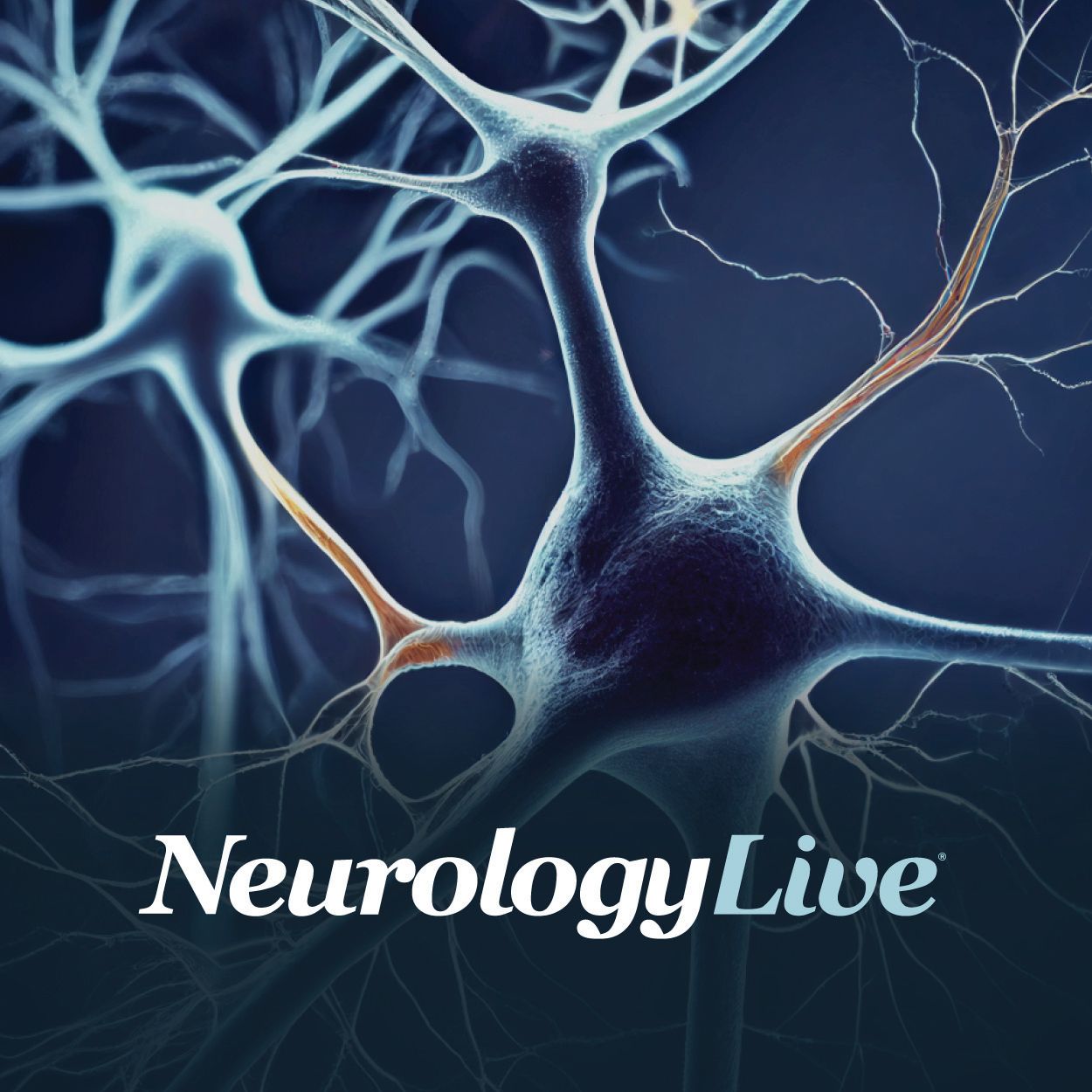News
Video
Role of Serum Neurofilament Light in Predicting Neuromyelitis Optica Attacks: Bruce Cree, MD, PhD, MAS, FAAN
Author(s):
The clinical research director of the UCSF Multiple Sclerosis Center provided perspective on the importance of serum neurofilament light and how it can be used in the management of patients with NMOSD. [WATCH TIME: 3 minutes]
WATCH TIME: 3 minutes
"In NMO [neuromyelitis optica], when patients have attacks, not only does GFAP [glial fibrillary acidic protein] go up, serum neurofilament light goes up too. It turns out GFAP is a better measure of acute attack but the degree of serum neurofilament light level at the time of attack is predictive of disability."
Neuromyelitis optica spectrum disorder (NMOSD) describes a group of clinical MRI syndromes characterized by longitudinally extensive transverse myelitis, optic neuritis, brainstem dysfunction and/or less commonly, encephalopathy. Biomarkers remain a critical component to accurately diagnosing and monitoring these patients, especially considering about 80% of them harbor antibodies directed against the water channel aquaporin-4 (AQP4), expressed on astrocytes. Two key biomarkers, serum neurofilament light (NfL) and glial fibrillary acidic protein (GFAP), have become more prominent in the autoimmune disorder space, including dozens of related research on the 2 at the 2022 European Committee for Treatment and Research in Multiple Sclerosis (ECTRIMS) Congress, October 26-28, in Amsterdam, Netherlands.
Bruce Cree, MD, PhD, MAS, FAAN, has been a leader in the development of agents for NMOSD, most notably serving as the primary investigator for the phase 3 N-MOmentum trial (NCT02200770) that led to the FDA approval of inebilizumab (Uplizna; Horizon) in 2020. Earlier this year, he and his colleagues conducted an analysis which showed that serum GFAP may be a better biomarker for NMOSD, and serum NfL may act as a predictor of poor outcomes after attacks. Additionally, they further concluded that while new radiographic lesions are typically associated with clinical NMOSD attacks, there were a large number of asymptomatic contrast-enhancing events in NMOSD.
Cree, the clinical research director of the UCSF Multiple Sclerosis Center, sat down with NeurologyLive® at ECTRIMS 2022 to discuss those findings and their clinical relevance. He provided insight on why both biomarkers draw so much attention, and how they may be implemented in clinical practice in the coming years.




